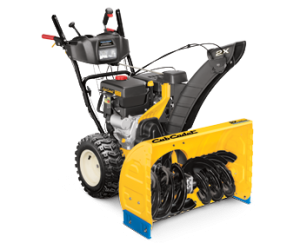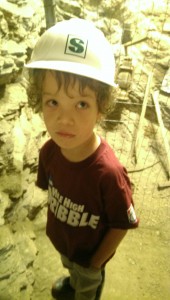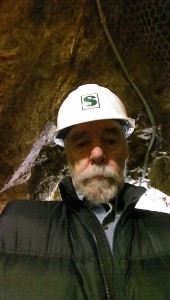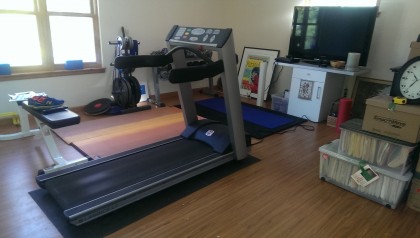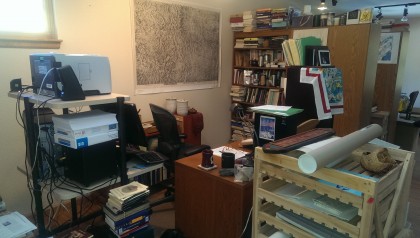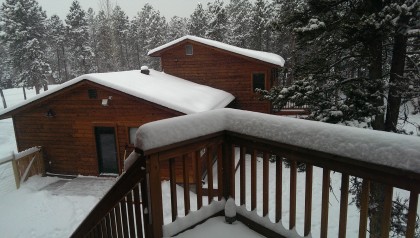Spring Mountain Spring Moon
In late April, early May I will attend my 27th retreat with the Woolly Mammoths, this year in Ely at the YMCA’s Camp du Nord. Often we have a theme and I suggested the following:
Been thinking about topic and theme. Seems like Ely area cries out for considering the wilderness, the wild within and without. What does it mean to be wild? In your life? In your heart? In and with your passions? Does wildness have anything to say to the third phase? How does wilderness feed us, heal us? Why? Another aspect of the same idea. What is to be human and wild? How do humans fit into the wild? Do we? Can we? It seems to me this is much of what Will Steger has dealt with.
As I’ve begun to consider these questions, take them into my heart, my civilized and my wild heart, they’ve begun to pull information out of the surrounding atmosphere. As often happens once we focus on something.
One source that has been prodding me over the last week is a book, The Great Divide: A Biography of the Rocky Mountains, by Gary Ferguson. In the first chapter on Mountain Men comes this observation. Richard Slotkin, an American studies professor at Wesleyan University suggests that a main theme of early America was the shredding of conventional European mythology and getting to a more primary source, the “blood knowledge” of the wilderness. Since was the time of Emerson and Thoreau, too, both of whom were instrumental in the turn away from European influence and toward development of American letters, American thought, American literature and who were, again both, focused on the natural world as a source of inspiration, it seems this tendency to turn our back on “civilization,” whether European then, or decadent American late-stage capitalism now, and look to the wilderness for guidance is an integral aspect of the American character.
It may be less so now than then, but nonetheless, it endures. Look at the heritage of John Muir, Aldo Leopold, the outdoors ethos of Minnesota, Colorado and Alaska (to name state cultures I know), the idea of the West.
In this same chapter Ferguson counterpoises the Easterners romanticization of the mountain men as true individuals living with unfettered freedom with the civilized and European inflected culture of the East Coast. This was true, he says, throughout the 19th century. In fact, many of the mountain men worked in companies of 20-30, with some trapping, some hunting, some cooking, some taking care of supplies and pelts. They also tended to travel with their families and were surprisingly well-educated. About 1/5 of the mountain men left memoirs and many were fluent in both Latin and Greek.
I mention this because when our gaze turns toward the Boundary Waters Wilderness, the Rocky Mountains, the Sierra Nevada range or the expanses of wilderness in Alaska, to mention only a few of the wild areas in the U.S. alone, we often look toward them as places of healing, zones where civilization can be shed, as mystical bounded lands within which magic of a sort is still possible.
In fact though these are simply places where the hand of civilization has been light-though not absent. Witness acid rain, the extinction or near extinction of apex predators, and now the slow creep of climate change. And the need for a word like wilderness, the notion of wild occurs only when its dialectical opponent, civilization, has become ascendant.
So, to consider the wild in our hearts, in our lives, in our country we need also look at how civilized we are. What being civilized means. What needs civilization meets that wilderness does not and the reverse. We must also consider that the dynamics of these questions are bound up, in a particular way, with the American experience, with our sense of who we are as a people and a nation. It is not enough, in other words, to imagine the wild heart, but we must also attend to its gilded cage. It is not enough to seek the blood knowledge of the wilderness, but we must also attend to the context, our everyday home, where that knowledge has been lost.
